Harmony of life and technology
――Four interdisciplinary researches that are being carried out at Science Tokyo

Science Tokyo is looking to open up a new era in science by combining the strengths of science and engineering, medicine, and dentistry. Interdisciplinary research in this vein has already begun. This page introduces four joint research teams that presented research results at the “Matching Fund Research Results Presentation and Research Exchange Meeting,” an event held with this type of research integration in mind, to explore ideas for convergence science in the future.
Table of contents
- Delivering a drug to the brain using nanomachines: a passion for materials matched with medical need
- Combination of a newly discovered protease with a next-generation technology: a spontaneous encounter increases collaboration
- Diagnosing lousy breath with “explainable artificial intelligence”: collaboratively imagining 2040 with improved QOL
- Prevention of thrombi in ECMO medical devices inspired by human blood pressure: a perfectly harmonious relationship that has been cultivated for 15 years
Delivering a drug to the brain using nanomachines: a passion for materials matched with medical need
Yasutaka Anraku, Associate Professor at the Department of Materials Science and Engineering, School of Materials and Chemical Technology※1 and Satoshi Uchida, Professor at the Department of Advanced Nanomedical Engineering, Medical Research Laboratory, Institute of Integrated Research※2
※1 former Tokyo Institute of Technology [Tokyo Tech]
※2 former Tokyo Medical and Dental University [TMDU]
Drug delivery systems (DDS) deliver a drug from outside the body to a specific location in the body via blood vessels. Associate Professor Anraku is developing a DDS based on nanomachine, an organic-inorganic hybrid capsule material.
Anraku Blood flow is like a highway. A drug readily breaks down through its interactions with various materials. We therefore wanted to load the drugs onto nanomachines, which are small and sturdy “vehicles” to deliver them to the area where treatment is required.
On the other hand, Professor Uchida specializes in messenger RNA (mRNA) medicine. Recently in the news for its use in a COVID-19 vaccine, mRNA enters the body and makes proteins inside cells to sustain therapeutic effect. Professor Uchida has started developing treatments for Alzheimer's disease and brain tumors using mRNA. He was faced with the challenge of ensuring that mRNA could reliably travel through long blood vessels, as well as the issue of a “roadblock” on the way to the treatment site: the blood-brain barrier. This barrier separates the blood vessels and the brain.
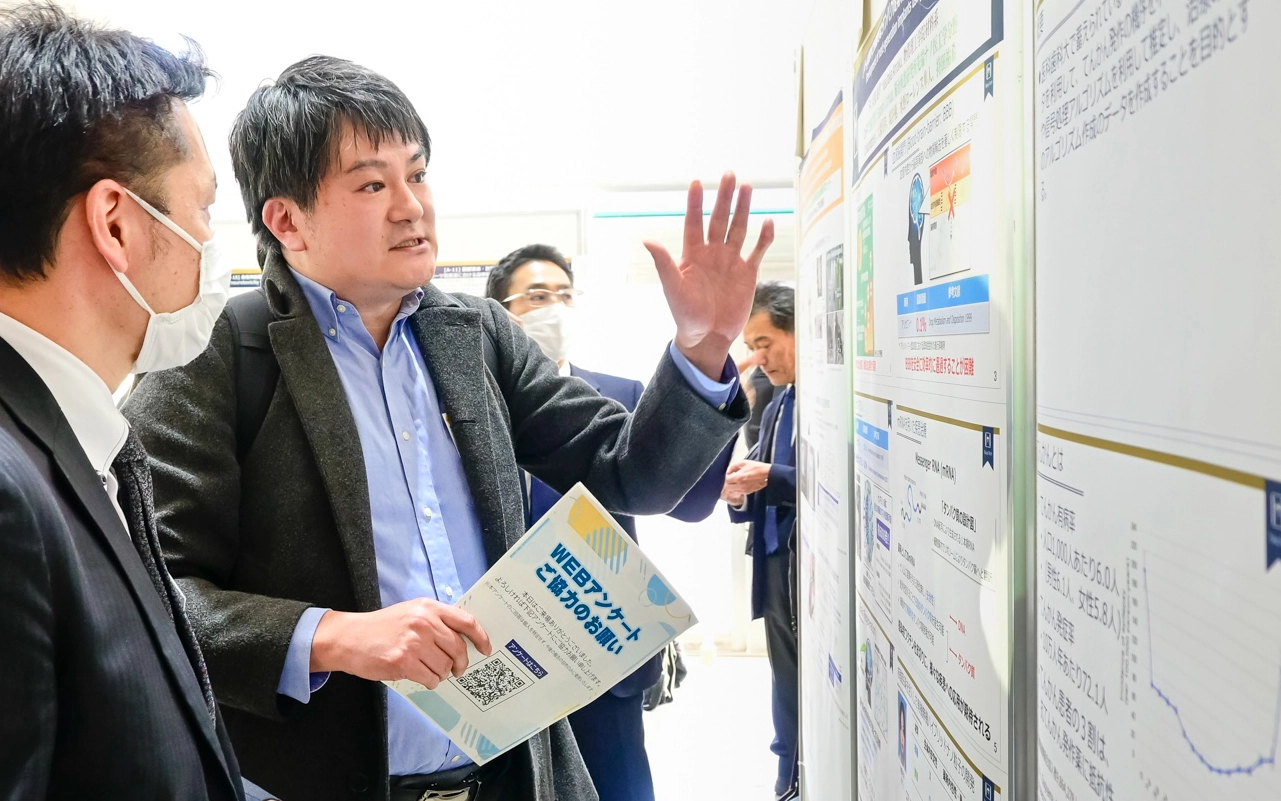
Anraku mRNA has amazing abilities as a medicine, but is extremely unstable from our perspective as material specialists. We wanted to overcome the challenge and stabilize its properties.
The two of them once worked together in the same laboratory at the University of Tokyo.
Anraku There was a call for application for the Matching Fund, shortly after I moved to Tokyo Tech and Uchida moved to TMDU, and we applied together.
Prof. Anraku said that the joint research has multiple benefits to him, such as technology for custom mRNA synthesis, in addition to Prof. Uchida’s medical insight. It enabled them to perform animal experiments at (then) TMDU and consider conducting clinical research for mRNA and nanomachines.

Anraku I hope that there will be more “trade fairs” for research seeds to promote interdisciplinary joint research, in which I think that an important element is a common “language.”
Prof. Anraku also said that he was confused by differences between research fields when he started talking with the researchers in the medical field.
Anraku There are differences between engineering and medicine in the way of perceiving things, such as the sense of scale of molecules and cells and the amount of chemicals. For example, the amount of refined chemicals considered large at the molecular level is just small for those who administer them in medical scenes. I believe that if we can bridge such gaps, we can make the first contact among different fields more smoothly.
Combination of a newly discovered protease with a next-generation technology: a spontaneous encounter increases collaboration
Kazuki Kato, tenure-track Associate Professor of Mechanistic Immunology Research Unit at Institute of Integrated Research※2 and Naohiro Terasaka, Specially Appointed Associate Professor at the Earth-Life Science Institute, Institute of Future Science※1
The genome-editing technology CRISPR-Cas9 selectively cuts targeted DNA segments, and won its discoverers the Nobel Prize for Chemistry in 2020. In 2022, Associate Professor Kato made a world-first discovery of another Cas enzyme, Cas7-11-Csx29. This proteolytic Cas enzyme has the potential to be applied to various new technologies.
Kato I thought it would be difficult to actually apply the proteolytic Cas enzyme because there are strict conditions for the protein substrate that can be enzymatically cleaved by Cas7-11-Csx29.
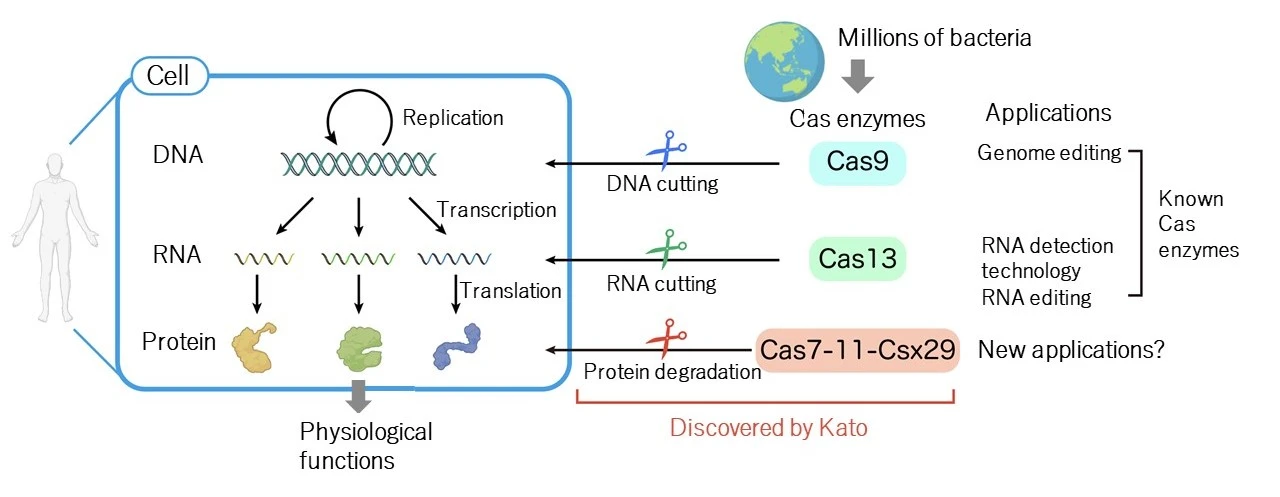
Prof. Kato then decided to improve the proteolytic Cas enzyme artificially to make it easier to use and conducted research using the Matching Fund with Specially Appointed Associate Professor Terasaka. Dr. Terasaka specializes in mRNA display, a technology that efficiently selects mRNA from a library by displaying proteins related to mRNA.
Kato Terasaka and I were fellow researchers in the JST’s PRESTO (a prestigious grant for young researchers) and are about the same age. We hit it off immediately.
When Prof. Kato consulted Prof. Terasaka, saying “I have an idea, but I’m not sure how to go about finding the right protein,” Terasaka responded, “Let’s try using mRNA display,” and the joint research began.
Kato I am helping Terasaka with his research using my specialty, cryo-electron microscopy. Our technologies complement each other, so this is a win-win relationship.
When you think of joint research, you might imagine a big project on a grand scale. However, you can start with a casual relationship where you lend and borrow each other’s experimental equipment and know-how.
Prof. Kato, based on his experience of research in various positions, including at universities, a pharmaceutical company, and an overseas hospital, does not feel that cultural differences between different fields cause any mismatch.
Kato When I worked at Harvard Medical School, I enjoyed data meetings, where we discussed the obtained data with pizza in hand, and happy hour gatherings, where we would drink beer and socialize with other research labs every week or so. I would participate in these events with the casual attitude of “let’s go eat pizza.” I think it is important to create an atmosphere where people can get together on an equal footing beyond hierarchical relationships and differences in fields. This leads to spontaneous collaboration.
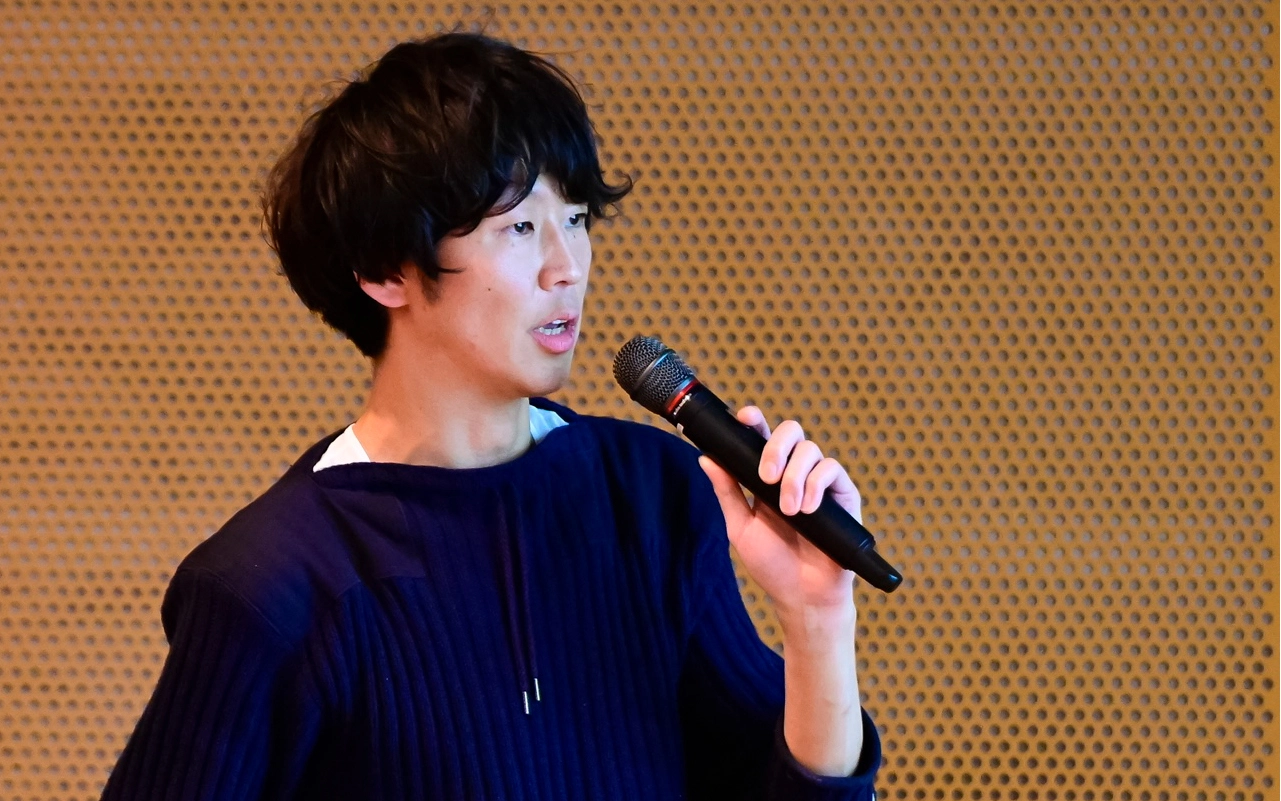
Diagnosing lousy breath with “explainable artificial intelligence”: collaboratively imagining 2040 with improved QOL
Takashi Zaitsu, Lecturer at the Department of Oral Health Promotion, Graduate School of Medical and Dental Sciences※2 and Takashi Ishida, Professor at the Department of Computer Science, School of Computing※1
These two professors connected through the Matching Fund. Senior Assistant Professor Zaitsu, who researches the mechanisms, diagnosis, and treatment methods for lousy breath, presented at the poster session. Afterwards, Professor Ishida, who specializes in bioinformatics, approached him. This was the beginning of their joint research.
Ishida I am researching technology to predict smells, and I was interested in Prof. Zaitsu's poster.
The leading cause of lousy breath is sulfur-based compounds. These compounds can be measured in component analysis using gas chromatography. As the equipment was expensive, Prof. Zaitsu wondered if it would be possible to measure the presence of lousy breath a bit more simply. He then used AI deep learning to estimate whether or not a patient had lousy breath, from photos of their tongue. However, the calculation process of AI is opaque, so it was impossible to know what the reasoning was based on.
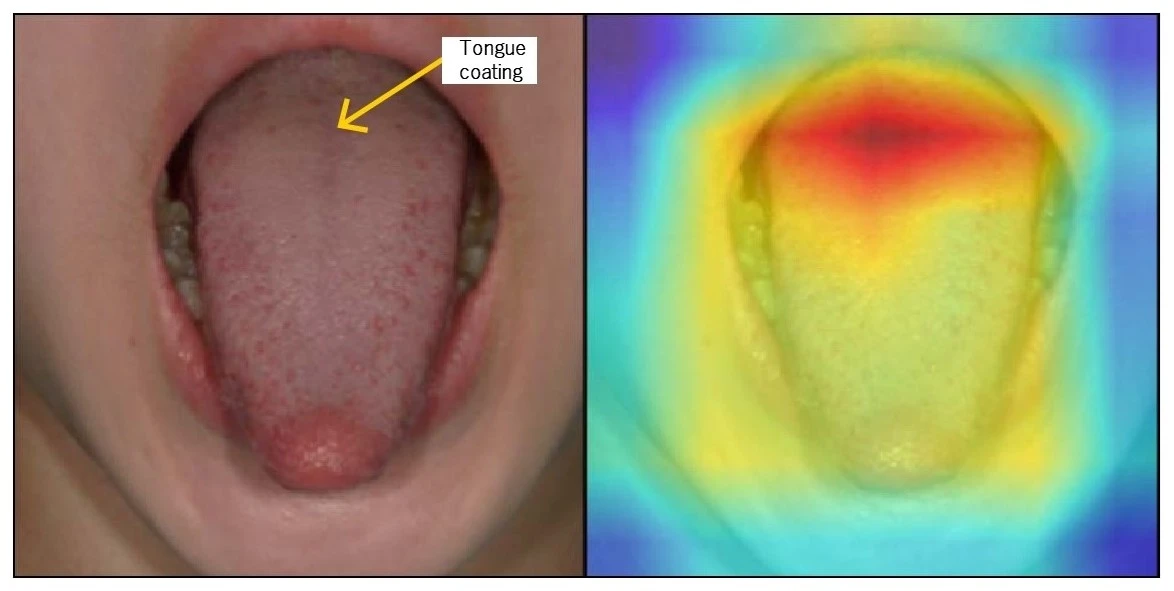
Ishida As we talked, our discussion developed and we considered that we might find the basis for diagnosis using a technology called “explainable AI (XAI)” rather than measuring smells.
When they tried the method, the AI indicated that the color, thickness, and range of tongue coating (white spot on the tongue) on the image are important elements in finding and diagnosing lousy breath.
Zaitsu In 2040, the second baby boom generation will become seniors. With this in mind, we would like to create an app that can easily diagnose the oral condition of seniors to create a society where people can live long and healthy lives. We propose a future in which everyone can easily visit the dentist for consultation and treatment for lousy breath.
Ishida Medical research is challenging since medical issues often involve life-threatening matters. However, I feel that healthcare-related research and quality of life (QOL) issues, such as lousy breath, will likely be implemented in society soon.
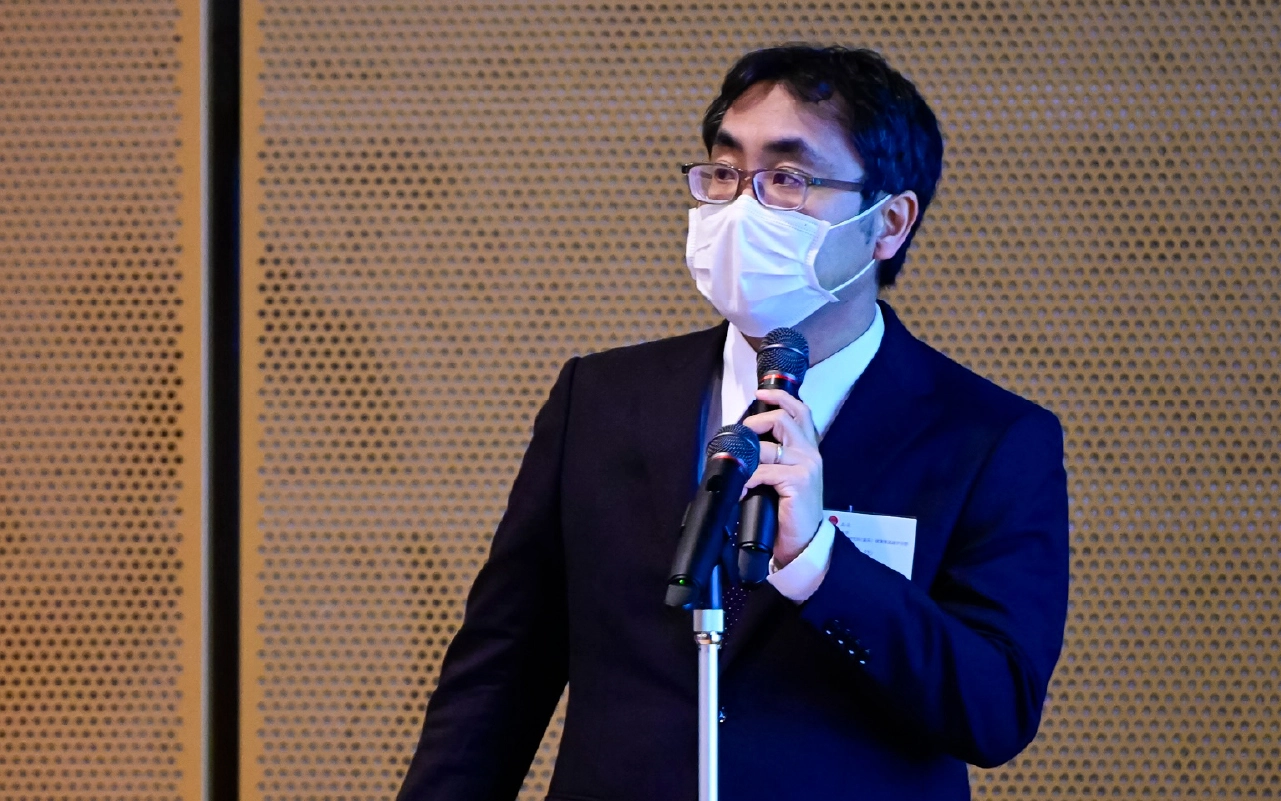
Prevention of thrombi in ECMO medical devices inspired by human blood pressure: a perfectly harmonious relationship that has been cultivated for 15 years
Tatsuki Fujiwara, Junior Associate Professor at Department of Cardiovascular Surgery, Graduate School of Medical and Dental Sciences※2 and Wataru Hijikata, Associate Professor at the Department of Mechanical Engineering, School of Engineering※1
In May 2020, in the midst of the COVID-19 pandemic, Junior Associate Professor Fujiwara of TMDU used ECMO (ExtraCorporeal Membrane Oxygenation, a device for infusing oxygen into the blood) for COVID-19 patients. However, he faced a problem that thrombi were easily formed in the ECMO artificial lung in such patients.
He then consulted with Associate Professor Hijikata, who specializes in designing and developing artificial hearts (medical devices that support cardiovascular functions) at Tokyo Tech and has been his research partner for 15 years. The idea that came up at that time was that it might be possible to prevent thrombi by introducing “pulsation,” which artificially creates alternating fast and slow blood flow passing through the artificial lung.
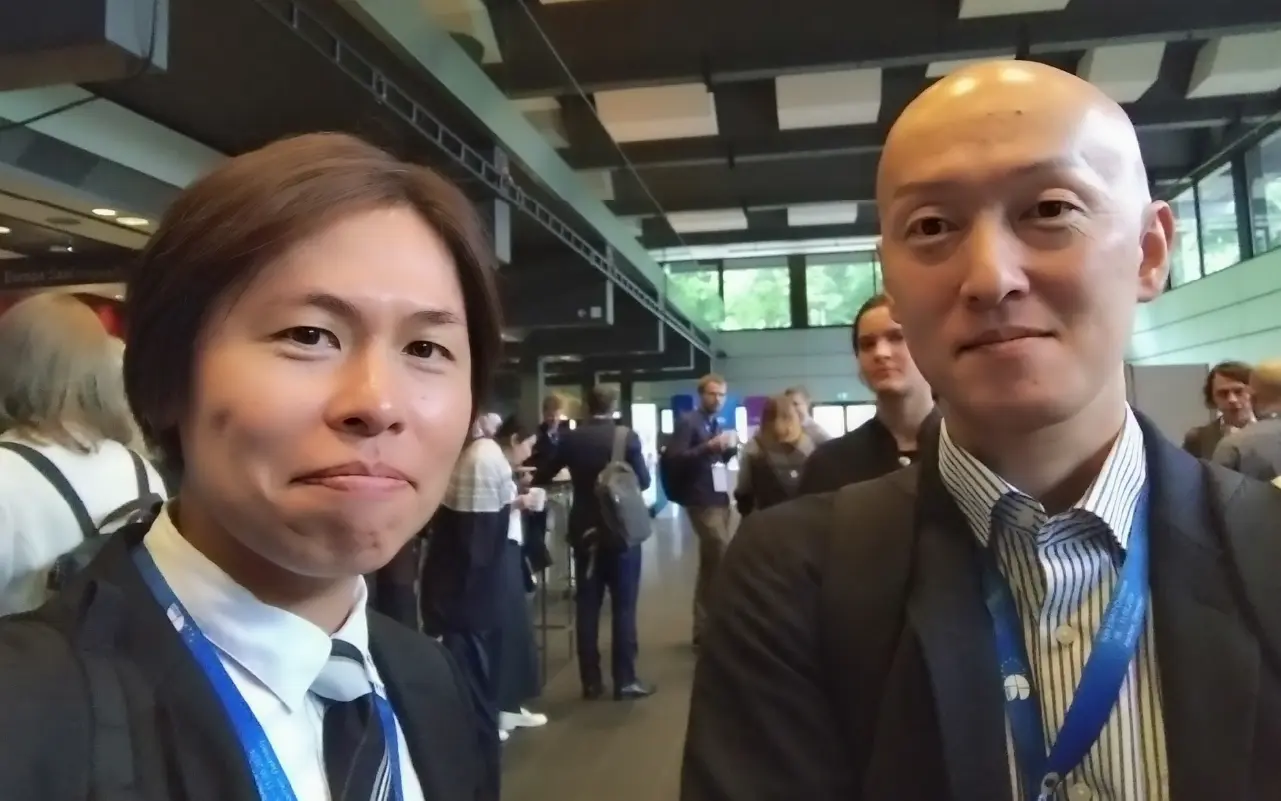
Hijikata We came up with the idea of changing the velocity of blood flow because we unconsciously thought that we should make the system resemble the human heartbeat.
This is the first research to attempt to resolve ECMO thrombi using pulsation. Moreover, the waveform of artificial pulsation, which was optimized to reduce thrombi, was similar to natural fluctuations in human blood pressure.
Fortunately, the pandemic has ended and the number of cases requiring ECMO has decreased, but the problem of ECMO thrombi is still a major issue. Prof. Fujiwara is therefore making preparations to pass on the findings in this research to the next generation. In addition, Prof. Hijikata says that he would like to utilize the research results focusing on pulsation to develop artificial hearts.
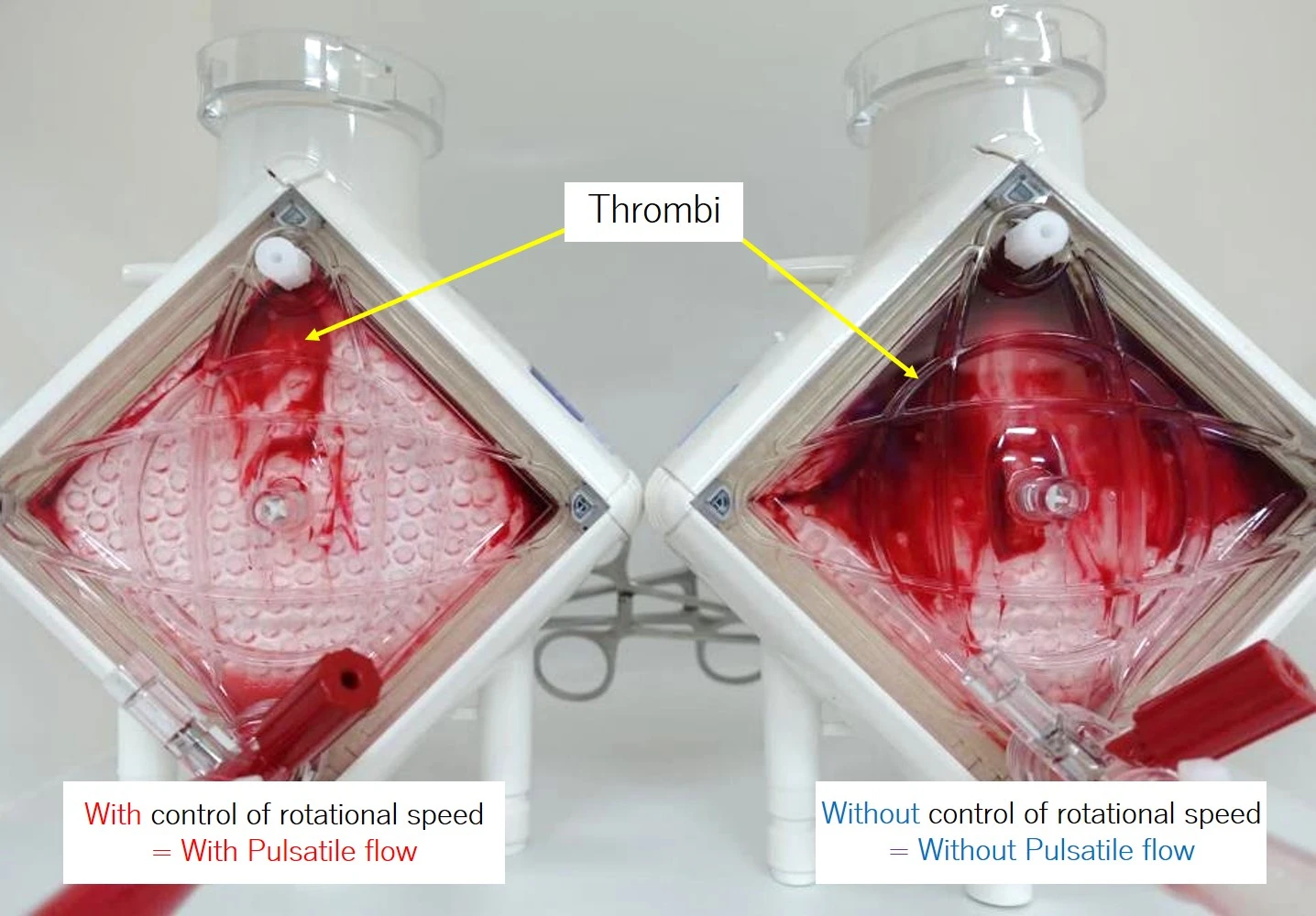
Fujiwara We doctors face a variety of challenges in our daily clinical practice. In most cases, it takes a lot of time to find someone who can help us, but I am fortunate to be able to consult with Prof. Hijikata whenever I have an issue relating to this.
Hijikata
When developing a medical device, there are times when things go well at the laboratory level but not at the clinical level. I then ask Prof. Fujiwara for evaluation, and I will be able to see a new breakthrough that I couldn’t see at all.
We want to prepare the groundwork so that the next generation can also work together to advance new things in this way, without being divided into medical and engineering sides.
What the four research teams interviewed this time had in common was a relationship on an equal footing in which they can respect each other’s research.
Science Tokyo will continuously take the lead in science, promote joint research and industry-academia collaboration that transcends various boundaries, and propose innovation. We are looking forward to the participation of all of you who are enthusiastic about opening up a new era together.
Source: Interview conducted online in August-September 2024
Further information
Related articles
Contact
Research Support Service Desk
- Remarks
- For inquiries, please contact us at https://www.rdc.isct.ac.jp/en/contact-us/.